1 、Common planting methods
Wood board planting: Choose a wooden board of appropriate size, and use sphagnum moss for moisture retention to fix the dendrobium on the wooden board. The direction of the dendrobium planting board depends on the variety of planting, which can be upward, downward or perpendicular to the wooden board.
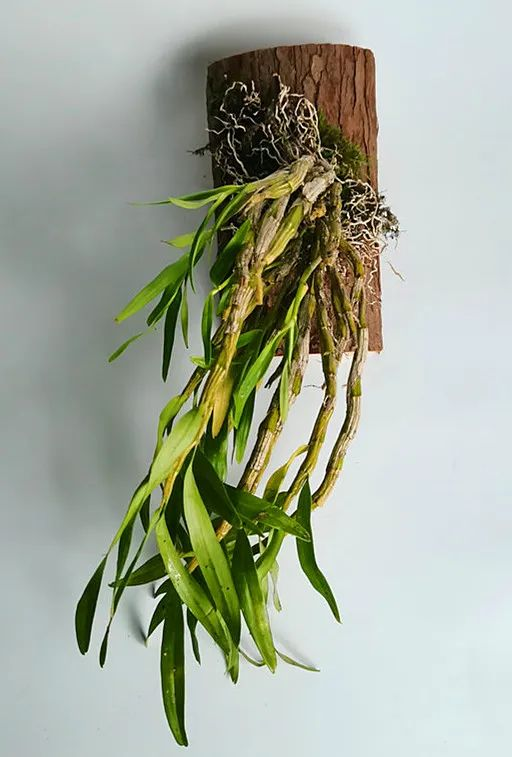
Wood pile planting: Choose a wooden pile of appropriate size, and use sphagnum moss for moisture retention to fix the dendrobium on the wooden pile. Generally, it is planted vertically to the wooden pile. A water tray can be placed under the wooden pile for the wooden pile to absorb water and provide it to the plant.
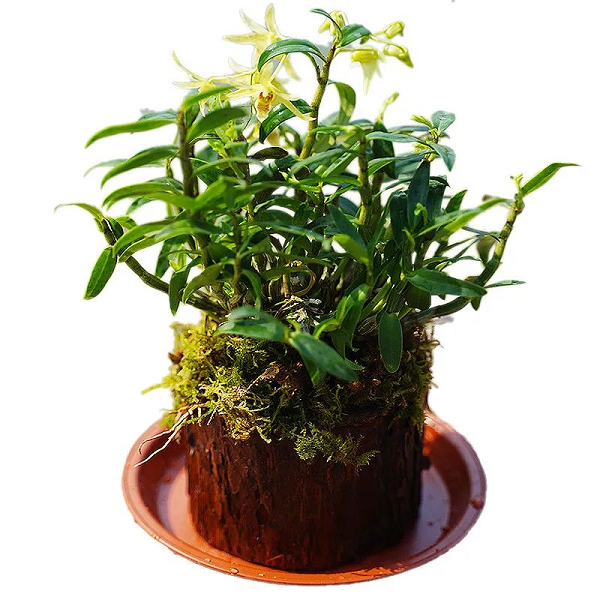
Sphagnum moss potted: Choose a pot of appropriate size, and use sphagnum moss to wrap the roots of the dendrobium and plant it. Because sphagnum moss has good moisture retention, a flower pot with breathable and easy-to-dry material is required.
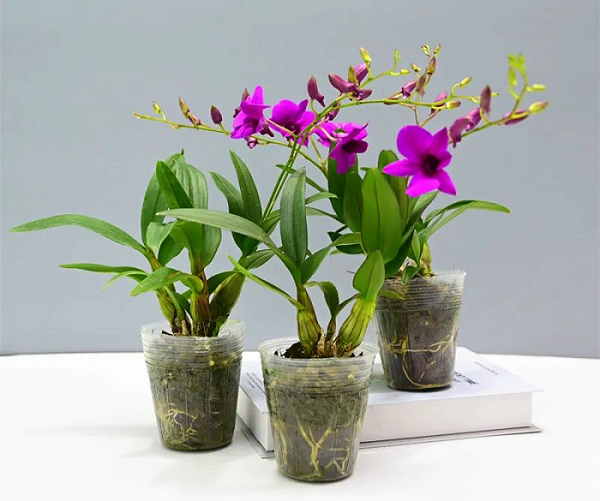
Substrate potted: It is best to use a mixed substrate for planting, such as a mixture of brick particles, bark, charcoal, coconut shells and other planting materials. The combination needs to take into account moisture retention, fertilizer retention, drainage, breathability and fixation.
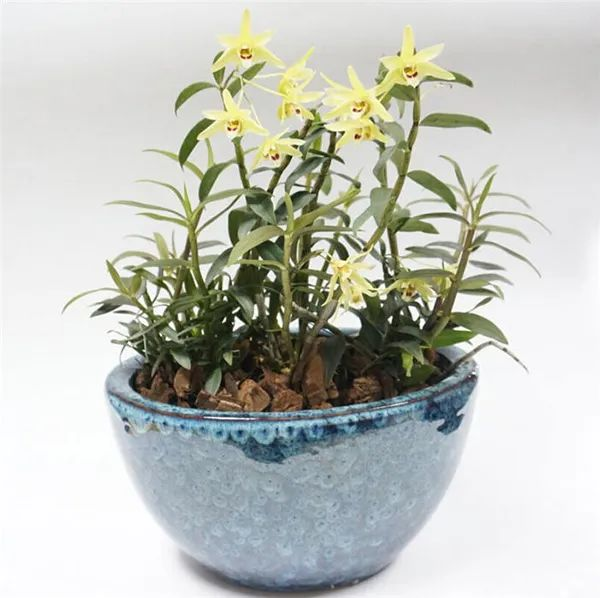
There are other methods such as Danxia stone planting, coconut shell planting, etc., and any planting method is suitable, so I will not give examples one by one.
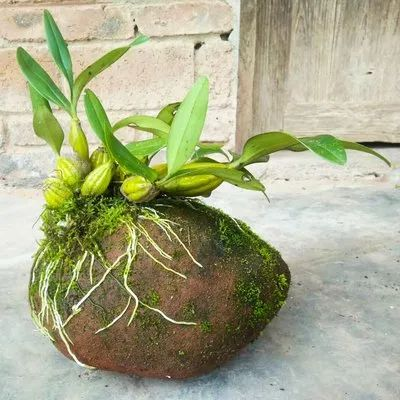
2、 How to water
For the cultivation of Dendrobium, the most important thing is watering. Ensuring sufficient sunlight is naturally the premise, but whether the amount of watering can be adjusted according to the season will affect the growth and flowering of Dendrobium.
In spring and summer, sufficient watering is required. Spring is the season for new buds to grow. Dendrobium should be fully watered until the plant grows up and the last leaf called “terminal leaf” grows on the top of the pseudobulb.
Gradually reduce the amount of watering in autumn and winter. When the autumn is halfway through, the amount of watering should be slightly reduced to ensure that the pot is dry.
When autumn is about to end and winter is about to begin, significantly reduce the amount of watering, and water when the pot is quite dry to ensure that the pseudobulb does not wrinkle.
After the buds appear, strictly avoid drying. When the nodes of the pseudobulbs swell and small buds can be observed, increase the amount of watering to avoid drying, so that the pot is always moist. Continue watering after the flowers bloom to keep the pot from drying out.
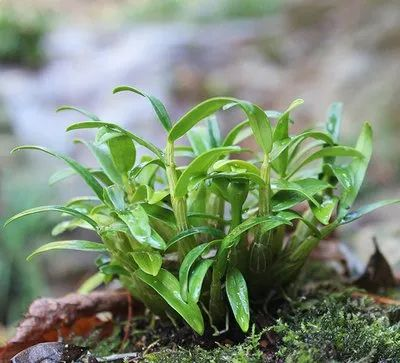
3 、How to fertilize
Dendrobium does not need a lot of fertilizer. Excessive fertilization will reduce the amount of flowering, so be careful.
The combination of solid organic fertilizer and liquid fertilizer is the most ideal fertilization method for long-term cultivation of Dendrobium.
If you don’t want to fertilize frequently, you can use granular slow-release fertilizers to place around the plants. Don’t be too close to the pseudobulbs to prevent fertilizer damage. Many slow-release fertilizers have an effective period of 3-6 months, which is more convenient.
For plate-planted Dendrobium, you can put the slow-release granules in a small-sized non-woven tea bag and hang it above the roots.
Fertilize from spring to July, and no fertilizer is needed in autumn. If fertilizer is still applied in late autumn, the plant will grow branches and leaves but will not bloom, and high buds will form in the middle of the pseudobulb.

4、 Prevent pests and diseases
Dendrobium is an orchid with relatively few pests and diseases, but it can also attract pests or get sick if not managed properly. Therefore, maintaining a good cultivation environment can greatly reduce pests and diseases, and there is no big problem if you don’t spray pesticides.
Balcony cultivation should be based on prevention, and the key points of prevention are:
First, pay attention to choosing plants without diseases and insect pests;
Second, disinfect the substrate and flower pots before planting;
Third, maintain a moist environment;
Fourth, control watering, and do not let the substrate be too wet or too dry for a long time;
Fifth, pay attention to avoid rain, and do not allow rain to irrigate;
Sixth, provide sufficient light, but avoid direct sunlight exposure;
Seventh, prevent high temperature and sultry heat and low temperature frost;
Eighth, pay attention to the air permeability of the substrate in the pot and the ventilation of the environment;
Ninth, spray pesticides in time (such as in the rainy season).
If diseases and insect pests are found, treat them in time to prevent spread. When spraying pesticides, you must prescribe the right medicine. Common ones include anthracnose, leaf blight, blight, burnt tip disease, stem rot, damping-off disease, rust, white rot, etc. At the same time, you must take safety measures for spraying pesticides, such as wearing masks, gloves, goggles, etc.
If a plant is found to be infected with a viral disease, it is almost impossible to cure it. It is recommended to dispose of the diseased plants to prevent infection of other plants.




